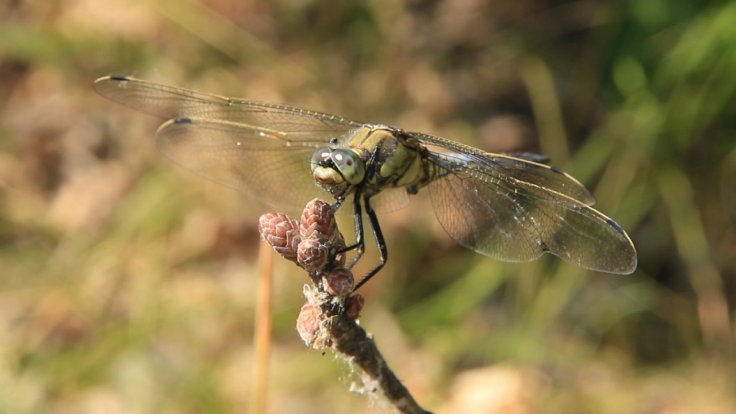A new carnivorous plant has been identified in Canada's British Columbia, causing a sensation among botanists. This is the first such discovery in as many as 20 years.
The delicate stem and pretty white flowers of Triantha occidentalis may seem like the perfect place to rest for an insect, but they get trapped in the sticky hairs on its flowering stem and it sucks out the nutrients from the corpse.
The Flower of Triantha occidentalis was discovered by researchers of the University of British Columbia and the University of Wisconsin-Madison, in British Columbia.

"Carnivorous plants have fascinated people since the Victorian era because they turn the usual order of things on its head: this is a plant-eating animal. We're thrilled to have identified one growing right here in our backyard on the west coast", said Dr. Dean Abraham, a professor in the department of botany at UBC.
According to UBC reports, the plant grows in nutrient-poor, muddy but bright areas on the west coast of North America, from California to Alaska. For the study, the researchers investigated specimens growing on Cypress Mountain in North Vancouver, British Columbia.
The research builds on previous work in Dr. Graham's lab, which found that Triantha lacked a particular gene that is often missing in other carnivorous plants. What's particularly unique about this carnivorous plant is that it traps insects near its insect-pollinated flowers.
To investigate if the plant was indeed partial to snacking on insects, Dr. Lin attached fruit flies labeled with nitrogen-15 isotopes to its flowering stem. The label acted as a tracking device, allowing Dr. Lin to trace changes in nitrogen uptake by the plant.
He then compared the results with those from similar experiments on other species that grow in the same area, including a recognized carnivorous plant (a sundew) and several non-carnivorous plants. Isotopic analysis showed significant uptake of nitrogen by Triantha, which obtained more than half its nitrogen from prey –comparable to sundews in the same habitat, and other carnivorous plants elsewhere.

"We believe that Triantha can balance carnivory with pollination because its glandular hairs are not very sticky and can only trap midges and other small insects so that the much larger and stronger bees and butterflies that act as its pollinators are not captured," said co-author, Dr. Tom Givinisha professor in the department of botany at the University of Wisconsin-Madison.









